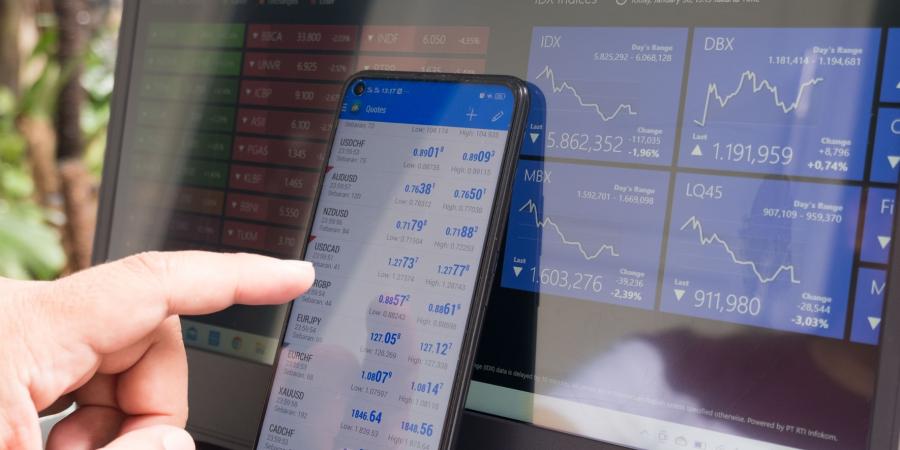Using COT Report For Better Forex Trading

The Commitment of Traders (COT) report is a weekly report compiled by the Commodity Futures Trading Commission (CFTC) that shows the aggregate number of futures positions held by large traders, such as banks and manufacturers.
Savvy traders have long used the COT report as a tool in their trading strategies. Because the largest traders are the ones who drive market trends, it is beneficial to know their position in the markets. Although the COT report only compiles futures positions, this data can be applied to the underlying markets as well.
The COT report is especially useful for Forex traders. Because the Forex market is not centralized, there is no aggregate volume or positioning information available. The COT report can serve as a substitute for this information, as well as a overall indicator of direction for a currency. There are many categories in COT report, for example, COT report for gold, COT report for Bitcoin etc.
The traders in the legacy COT report are divided into three categories: commercial, non-commercial and non-reportable. (The newer disaggregated report separates the commercial and non-commercial traders into further categories, but for our purposes, the legacy report will suffice.)
Non-commercial traders are the most important. These are banks, funds and other large speculative traders. The activity of the non-commercials drive most of the market activity. Commercial traders are manufacturers and businesses who are hedging their interests. Their positions are almost always diametrically opposite the non-commercial traders.
Non-reportable traders are those whose individual positions are too small to be counted in the other two categories. Non-reportable traders do tend to follow market trends, but not as strongly as the large traders, and they do not drive the market like the large traders do.
To determine the overall positioning of traders in the COT report, we need to calculate the difference between the long and the short positions. If the difference is net long, then we can conclude that category of traders are bullish on that instrument (vice-versa for net short).
With this information, the trader can make an informed decision. If non-commercials are net long, and their position has been increasing in recent weeks, then it would be foolish to make a short trade. If non-commercial positions have been declining and are moving toward a net short situation, then it would be a good time to look for a short trade.
The COT report does have several drawbacks. First is the delay in which the data is released. The data is compiled every Tuesday and released the following Friday. This means that the data is not usable until the start of trading next week, although you can get COT report's historical data from services such as Tradingster.
Because the information in the COT report is compiled weekly, it is useless for short-term and day trading. Finally, the underlying market does not always perform according to the COT data. The long-term trends do hold overall, and is still a useful tool for swing traders.
Aside from calculating the information from the COT report yourself, there are numerous COT graphs freely available online. Some trading platforms such as TradeStation, Strategy Trader or MetaTrader also have COT indicators available.
The COT report can complement any long-term trend trading strategy, and it should be an indispensable tool in the toolbox of every savvy trader.
More to Read:
Previous Posts:


